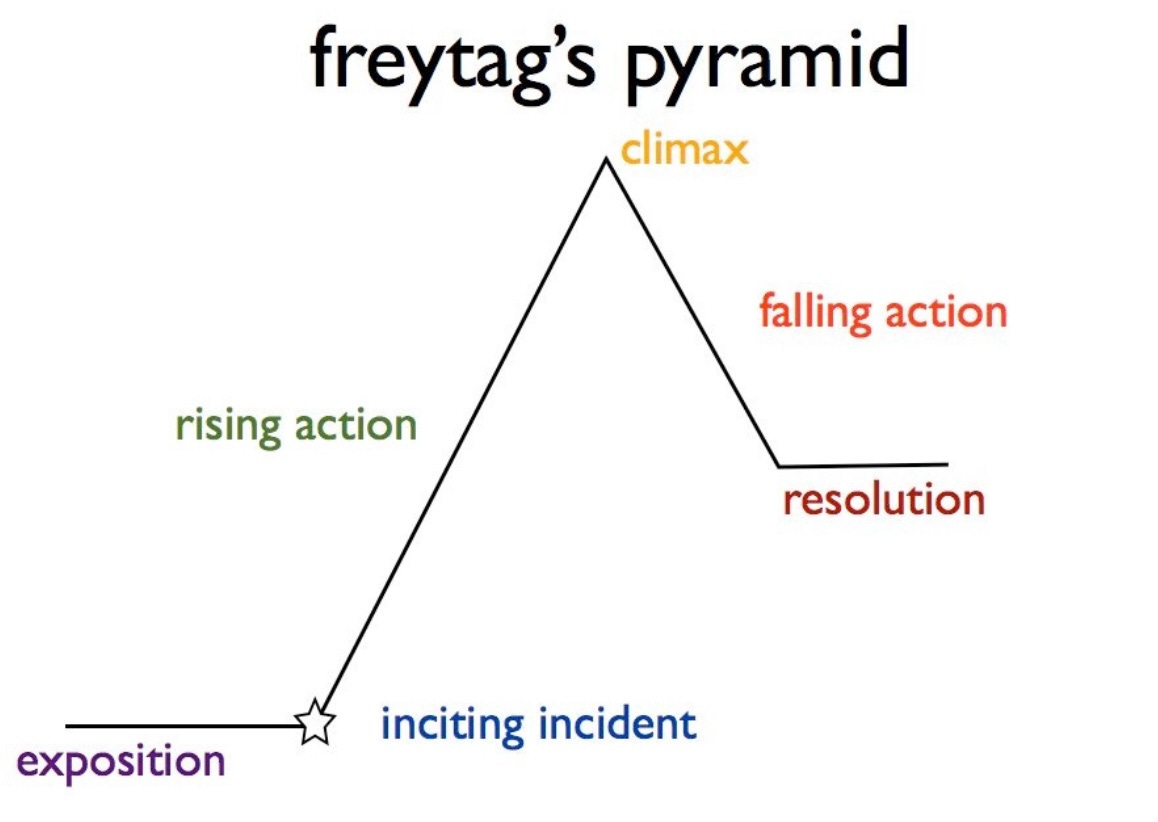Catch up on part one first:
“I’m not going to defend the choices I made. If they weren’t practical, the truth was that I didn’t want to be practical. What I wanted were new experiences.”
—Paul Auster, Hand to Mouth: A Chronicle of Early Failure (1997)1
I met with a writing coach two months after getting “the ax,” as she called it.
got her Ph.D. in serialization, and was teaching others how to serialize memoirs on Substack. It just sounded fun.Having written three comparatively dry business/career books, I didn’t know anything about the personal essay genre. I don’t have an MFA or anything close; my online writing has always been scrappy and self-spun.
I didn’t have the first clue about creative nonfiction, Freytag’s pyramid and narrative arcs, how to write a scene, how to replace anecdotes with stories replete with beginning, middle and end, how to avoid clichés and show-not-tell (in practice, not just theory), or how to stop giving advice and tying pretty bows in conclusions.
During our first call, I chuckled when Sarah mapped my pandemic hair-pulling into plot points. She gave me homework to explore my character’s development, while my character was still developing (still is, always will be).
I imagined the story’s triumphant comeback as ending with a surge of Free Time book sales and Substack subscriptions that would replace the licensing contract by double the income, if not more! REDEMPTION, I would shout from the mountain tops! You canceled my contract, and I THRIVED!
“What if it’s not about the money?” Sarah gently suggested, correcting my erroneous, perhaps childish belief that my bank account would/could/should mirror the narrative arc, ending higher than when I started.2
“Because this is a character- rather than plot-driven story, we really want to see how you change,” she said.
Sarah allowed that I could include any earnings hurrahs in an epilogue, but that true resolution would come when my character evolved, when I returned from the financial and identity underworld with a boon of newfound wisdom to share.

“Notice how the altitude is different at the end,” she wrote in a follow-up email. “The world has to look and feel different to you at the beginning as opposed to at the end.”
It’s not about the money, after all! I might shout from the mountaintops of the concluding chapters, Freytag’s denouement. It’s about a feeling of abundance! Or maybe: It’s not about the fanciest clients, it’s about embracing your soul’s calling, your creative gifts!
The thing is, I would still sign this client back in a heartbeat if they asked to resume licensing Pivot Programs. It remains some of the most joyful revenue I’ve ever earned.
After that first session with Sarah, I made a list of questions for our next call:



